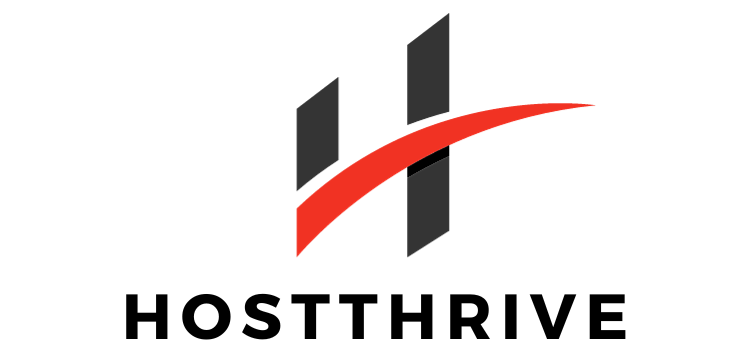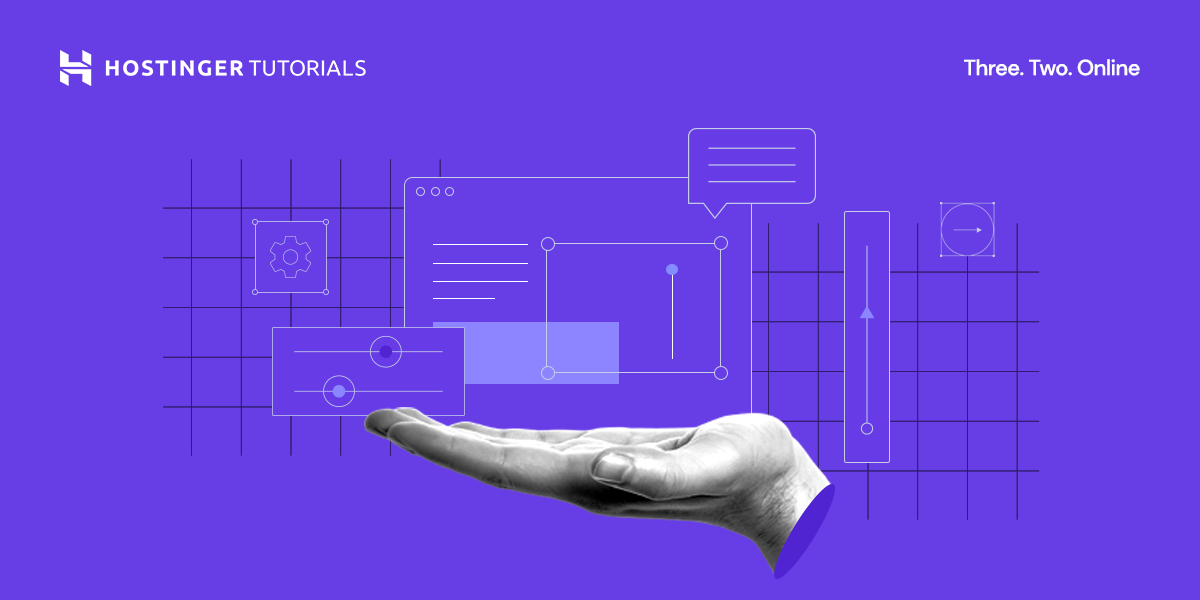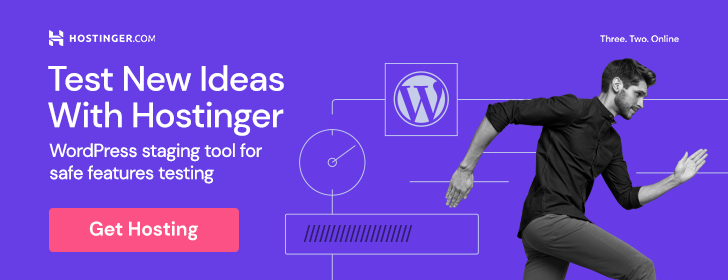10 Essential Website Optimization Tips To Improve Your Site’s Performance
Are you looking to boost your website’s performance and overall user experience? Optimization is key to ensuring your site runs smoothly and efficiently. With these 10 essential tips, you can enhance your site’s speed, accessibility, and overall functionality. Let’s dive into these tips to optimize your website and maximize its potential.
1. Optimize Your Images
Compression and resizing your images can significantly improve your website’s loading speed. Be sure to use the appropriate file format (JPEG, PNG, etc.) for each image to ensure high quality while keeping file sizes small.
Images are an important aspect of a website and can greatly impact its performance. Optimize your images by compressing them, resizing them, and choosing the right file format to ensure fast loading times and better user experience.
2. Minimize HTTP Requests
Reducing the number of HTTP requests on your site can speed up load times and improve overall performance. Combine multiple files into one and utilize CSS sprites to minimize requests, resulting in a faster, more efficient website.
Every time a visitor accesses your site, their browser makes HTTP requests to load various elements such as images, scripts, and stylesheets. By minimizing these requests, you can significantly improve your website’s speed and performance.
3. Implement Browser Caching
Browser caching allows your site’s resources to be stored locally on a visitor’s device, reducing load times for returning users. By setting appropriate caching headers, you can control how long files are stored and when they expire, ensuring optimal performance.
Browser caching is a process that stores web page files on a user’s device so that subsequent visits to your site load faster. By implementing browser caching, you can reduce load times and improve overall user experience.
4. Use Content Delivery Networks (CDNs)
Content Delivery Networks (CDNs) distribute your site’s static assets across multiple servers worldwide, reducing latency and improving load times for users globally. By leveraging a CDN, you can deliver content more efficiently and enhance your site’s performance.
Content Delivery Networks (CDNs) help to distribute your site’s content across multiple servers worldwide, reducing load times and improving overall performance. By utilizing a CDN, you can ensure that your site’s static assets are delivered quickly to users around the world.
5. Optimize CSS and JavaScript
Minify and concatenate your CSS and JavaScript files to reduce file sizes and improve loading speed. Eliminate unnecessary whitespace and comments in your code to streamline the process and enhance your site’s performance.
CSS and JavaScript files play a crucial role in how your website functions and appears to visitors. By optimizing these files through minification and concatenation, you can improve loading speed and create a more efficient website.
6. Enable Gzip Compression
Gzip compression reduces file sizes by up to 70%, allowing your server to deliver content faster to users. By enabling Gzip compression on your server, you can significantly improve your site’s performance and decrease load times for visitors.
Gzip compression is a method that reduces the size of files transmitted between a server and a user’s browser, resulting in faster load times. By enabling Gzip compression on your server, you can make your site more efficient and enhance overall user experience.
7. Implement Lazy Loading
Lazy loading delays the loading of non-essential resources until they are needed, reducing initial load times and improving site performance. By implementing lazy loading for images and other content, you can prioritize essential elements and enhance user experience.
Lazy loading is a technique that defers the loading of certain resources on a web page until they are needed. By implementing lazy loading, you can optimize your site’s performance by prioritizing essential content and improving load times for visitors.
8. Optimize Your Database
Regularly clean up and optimize your website’s database to remove unnecessary data and improve performance. By optimizing your database tables, queries, and indexes, you can enhance speed and responsiveness for users accessing your site.
A well-maintained database is critical to the performance of your website. By cleaning up and optimizing your database regularly, you can remove unnecessary data and improve responsiveness, resulting in a faster and more efficient site.
9. Monitor Site Performance
Tracking your site’s performance metrics, such as load times, bounce rates, and conversions, can help you identify areas for improvement. Utilize tools like Google Analytics to monitor user behavior and make data-driven decisions to optimize your website.
Monitoring your site’s performance is essential to understanding how users interact with your website. By tracking metrics such as load times, bounce rates, and conversions, you can identify areas for improvement and make informed decisions to enhance your site’s performance.
10. Regularly Update and Maintain Your Site
Keeping your website up to date with the latest software, plugins, and security patches is crucial for optimal performance. Regular maintenance and updates help to prevent downtime, improve security, and ensure that your site runs smoothly for visitors.
Regularly updating and maintaining your website is key to ensuring optimal performance and security. By staying current with software updates, plugins, and security patches, you can prevent downtime, enhance user experience, and keep your site running smoothly.
By implementing these 10 essential website optimization tips, you can improve your site’s performance, speed, and overall user experience. Remember to continually monitor, test, and refine your site to ensure it remains optimized and functions at its best. With these optimization strategies in place, you can enhance your website’s capabilities and provide users with a seamless and efficient browsing experience.









